Alentejo Region
With 31.6 thousand square kilometers, Alentejo is the largest region in Portugal, occupying 34.3% of the country's territory. The name Alentejo practically means "beyond the Tagus", because the region is located after this river in relation to Lisbon.
The region stretches from the coast, with 165 km of beaches, to the border with Spain. On one hand, we have the medieval villages and their white houses, surrounded by vineyards and olive groves, and on the other hand, paradisiacal beaches with dunes, fine sand and shining turquoise water. Alentejo has some of the most beautiful beaches in Europe.
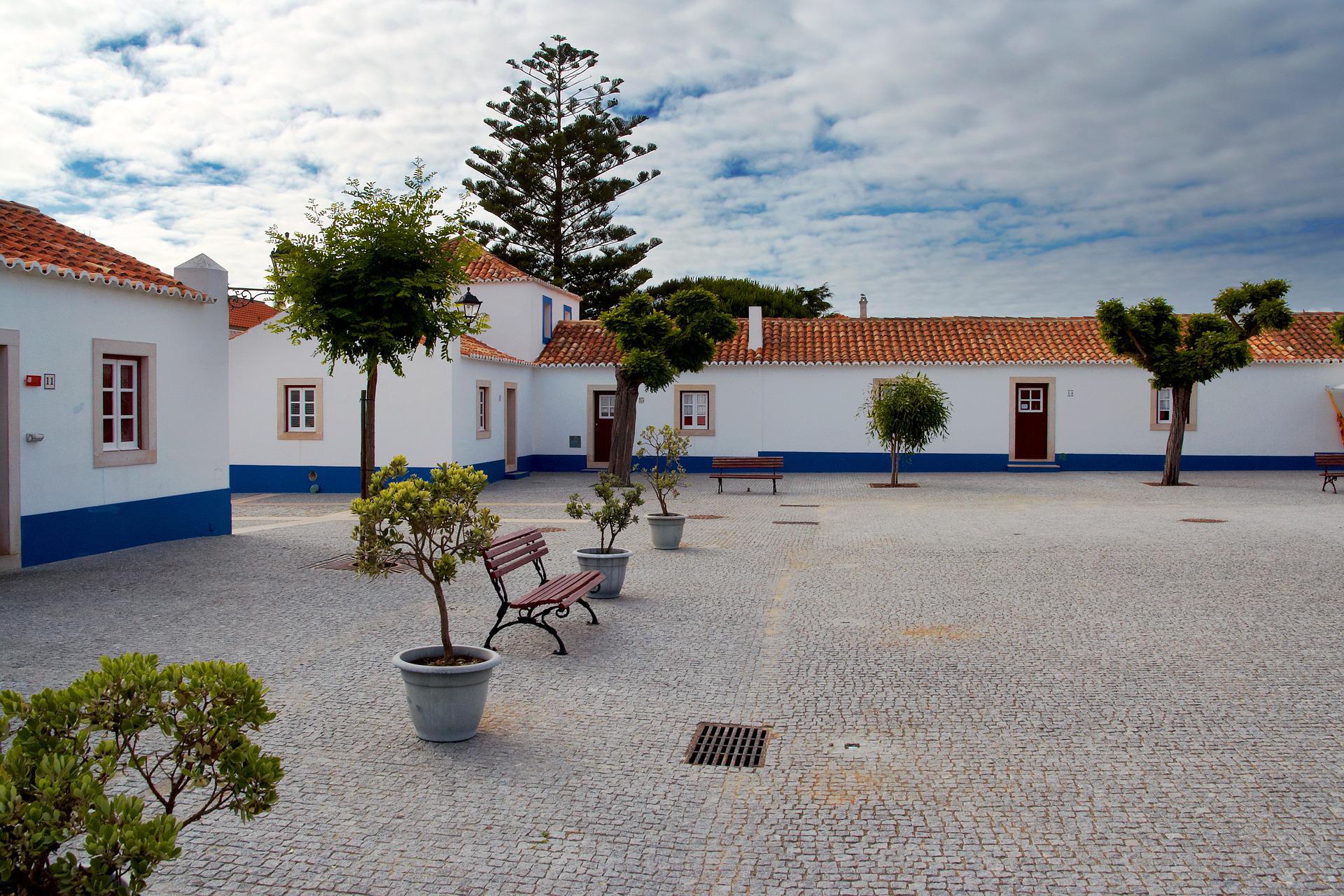
Traditional houses in Alentejo, Porto Covo
The Alqueva area is a perfect place to observe the mysteries of the universe, where the visibility of the stars is excellent. This area was the first destination in the world to have the UNESCO Starlight Tourism Destination certification, which certifies its quality for observing the stars, as there is no light pollution.

Starry sky Portugal
With an area of 730 thousand hectares of plantation, Portugal is responsible for over 50% of world cork production with most of cork oaks being found Alentejo. Since cork is the bark of the cork oak, the trees do not need to be cut down to obtain the product, making cork a renewable natural product, that can be harvested every nine years from the same tree.
But what is so special about cork? Lots of things! First of all, the material is light, floating and hypoallergenic. Second, the elasticity, compressibility and abrasion resistance are excellent. In addition, it is resistant to fire and high temperatures, impermeable to liquids and gases and works as a thermal and sound insulator.
In Alentejo, the maximum potential of the cork is used, as is not only used for the manufacture of the cork but also for clothes, accessories, shoes, articles and decorations and even furniture. In addition, it is also used for the development of new materials for cars, constructions, masonry and decorations. Even NASA used the cork as an insulator in its special shuttles.
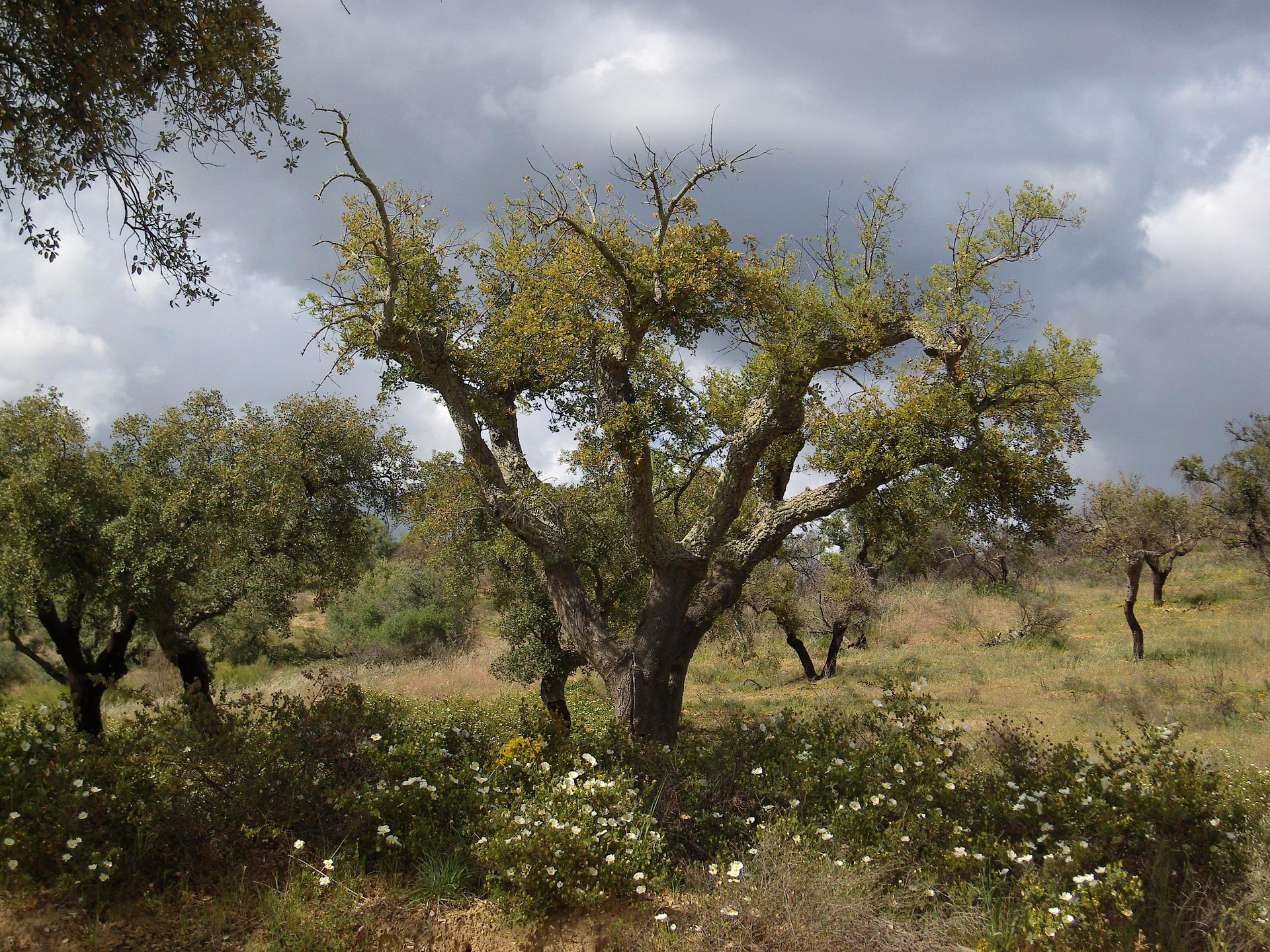
Cork oak
What to see
In an almost endless list of destinations, the most famous city is certainly Évora although we also have Sines, Vila Nova de Santo André, Santiago do Cacém, Odemira, Zabujeira do Mar (on the Alentejo coast); Portel, Monsaraz, Vila Viçosa, Estremoz and Montemor-Novo (in the center of the region); Monforte, Portalegre, Castelo de Vide, Nisa, Marvão and Ponte de Sor, in Alto Alentejo; Serpa, Moura, Mértola, Castro Verde, Alvito si Barrancos (in Baixo Alentejo).
Évora is located in the center of the Alentejo region and it is the largest city in the area. Known as a museum city, it is one of the UNESCO World Heritage Sites in Portugal. Elvas is another UNESCO selected city. On the border with Spain, the city has fortified buildings that tell the story of Portuguese hegemony. The city of Beja dates from the Roman period. Beja Castle and Villa Romana de Pisões are must-see attractions.
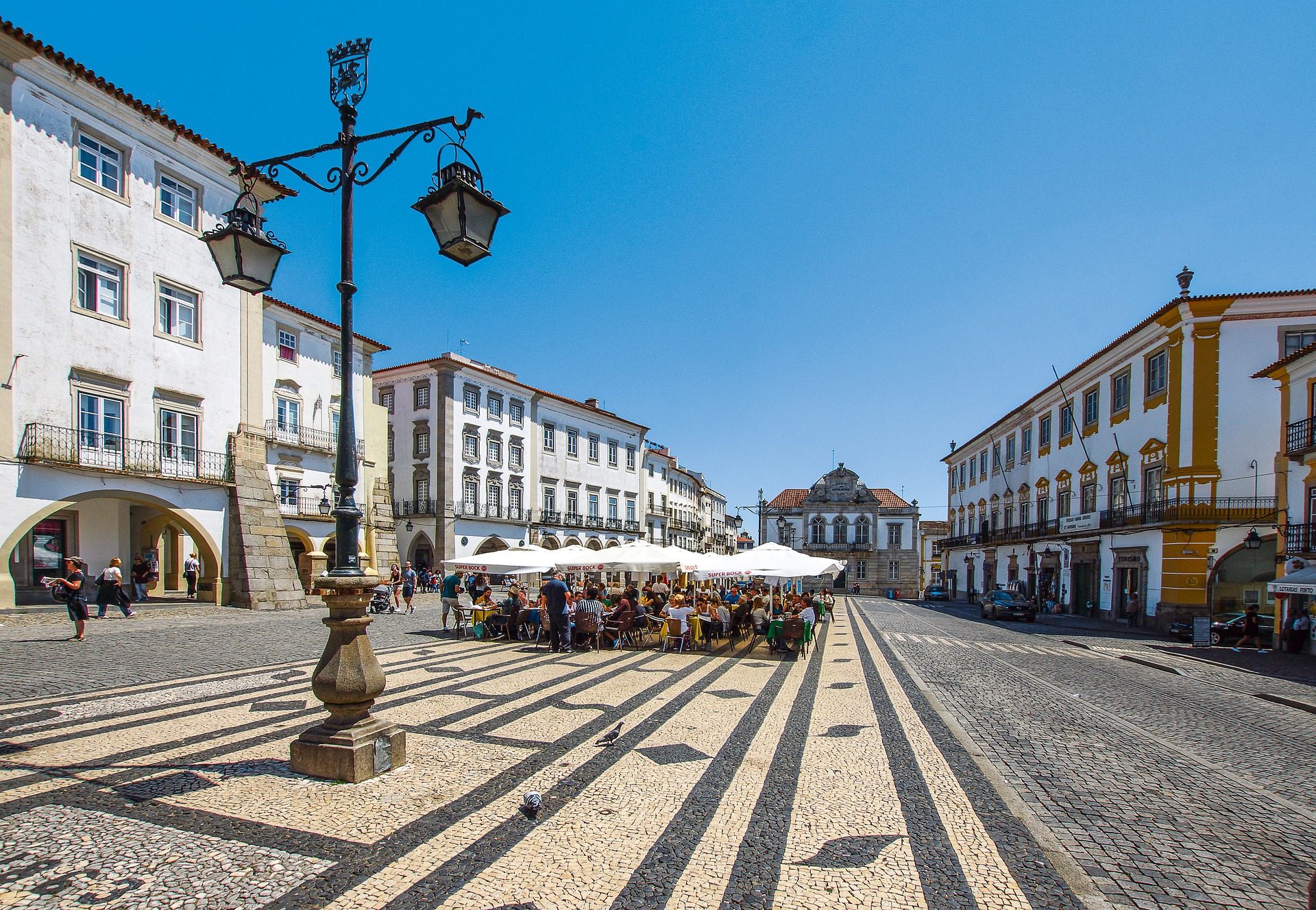
Evora

Monsaraz
Arab heritage
The water mill, rice, olives, olive oil, wild boar or tune show the Arab heritage in agriculture and food.
But the influence is most visible in the name of the villages - aldeias (an Arabic word), cities and places: Alcácer do Sal, Beja, Elvas, Marvão, Monsaraz, Odemira, Serpa and many others. In Mértola, one of the villages on the banks of the Guadiana, the Arab heritage is at its peak.
What to eat
I mentioned above that the people from Alentejo consume a lot of pork. The breed known as black Iberian pork (porco preto) has been shown to be healthier than traditional pork, with less fat, calories and cholesterol. That's because pigs are fed acorns, oak fruits from trees that can reach ten meters in height. The most appreciated and specific dishes of Alentejo from black pig are black pork secrets, black pork feathers and black pork cheeks, among others. These dishes are made from different parts of pork. Black pork is also used to make sausages and presunto de porco preto (Jamon in Spain), which is very popular all over the world.
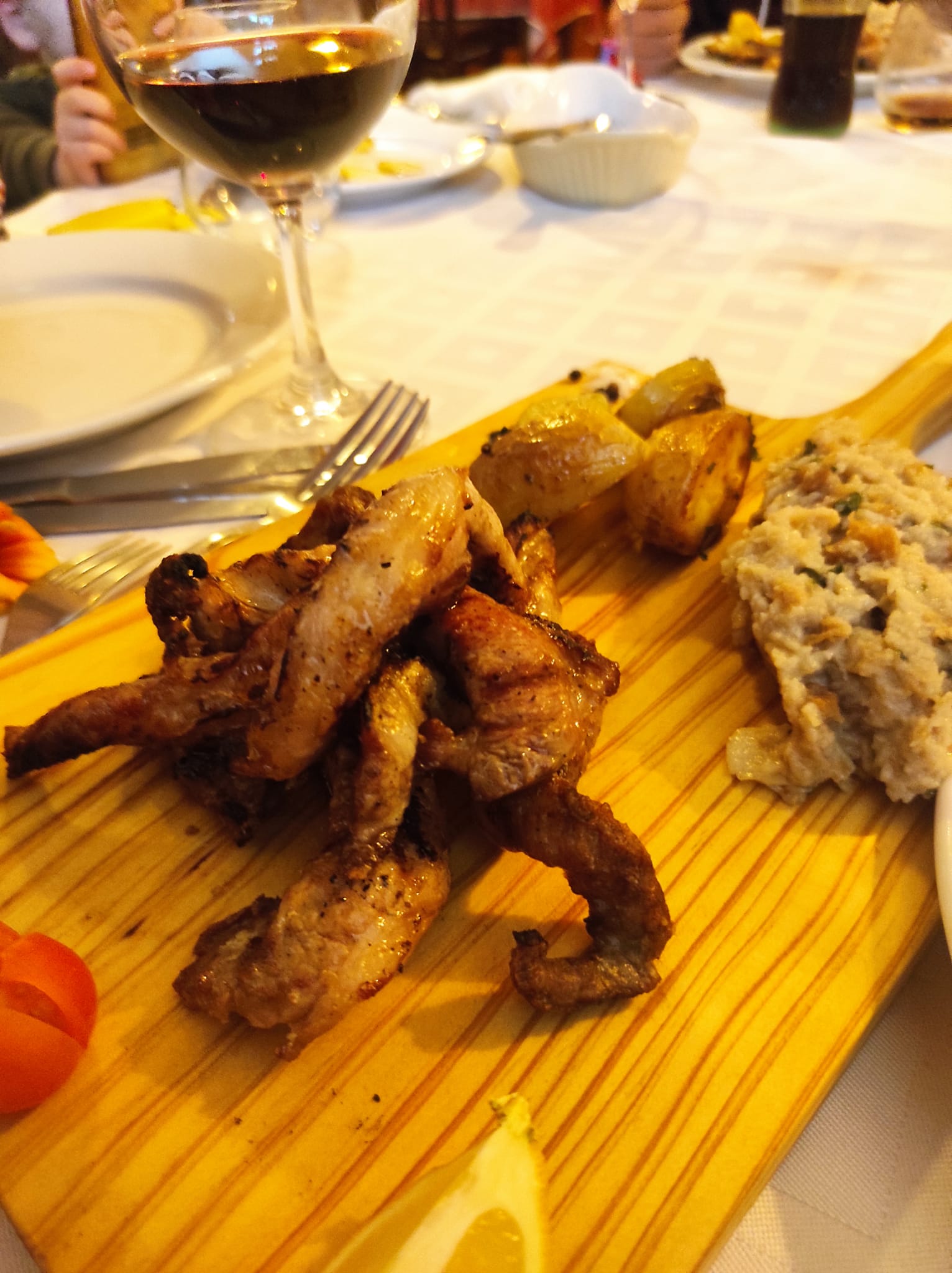
Migas with lagartos of black pig
Alentejo sausages are very popular, of excellent quality and in great demand, especially those of black pork. The most famous sausages are chorizo, farinheira and paio. Chorizo is made with meat and pork fat, garlic, pepper and salt, dried cold in a slow smoking process. Farinheira is made with lard and pork flour, seasoned with chili paste, garlic and salt, cooked by smoking. Paio is a typical Alentejo sausage, thicker than chorizo, that is made with whole pieces of pork.
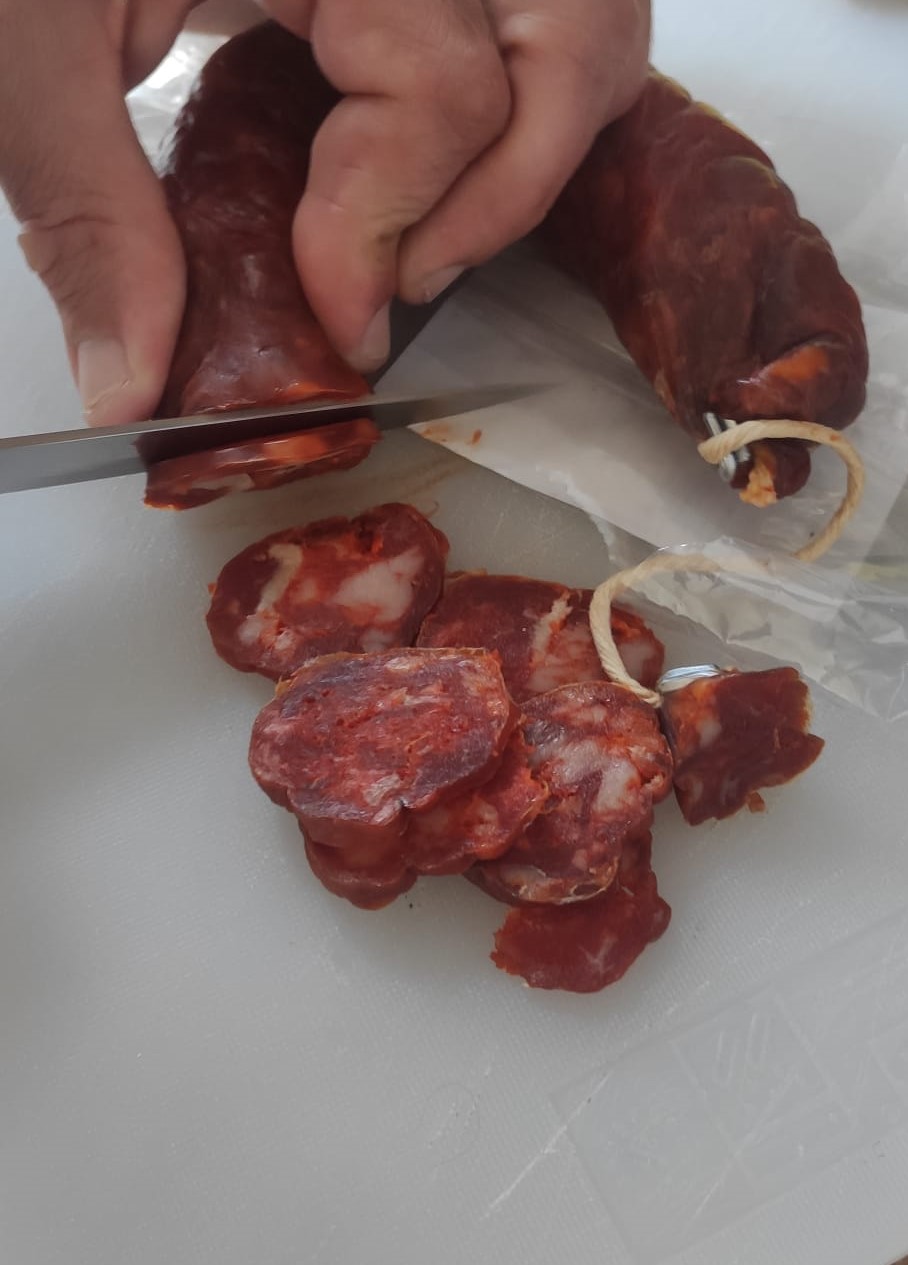
Black pig chorizo
As an appetizer you will always find aged cheese, sausages and olives. The desserts are based on monastic recipes in which sweets are made with a lot of eggs, especially egg yolk.
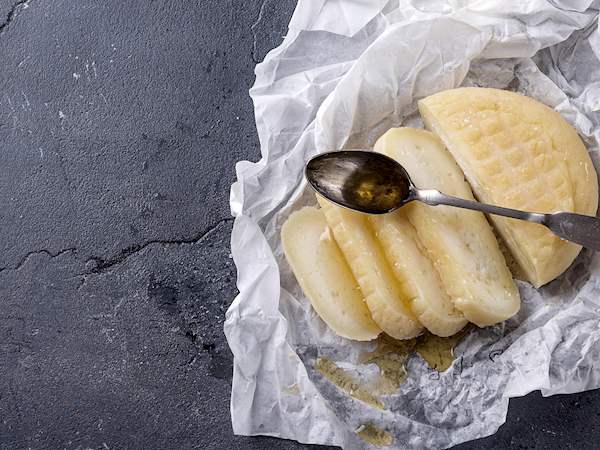
Aged cheese from Evora
In addition to good quality olives, Alentejo produces excellent olive oil, being one of the largest (and best) olive oil producers in the world. Some of the olive oil produced in Alentejo, classified as PDO (Protected Designation of Origin), is Moura olive oil, Alentejo olive oil and Alentejo Northern olive oil. Olive oil is used in food preparation and seasoning or sometimes simply to soften bread.
Olive oil is also wonderful and along with the black pork cheeks (bochecas de porco preto), are the stars of Alentejo cuisine.
Many soups are called açordas because they have a wonderful composition of Alentejo bread, bread which we can also find in the famous migas, the accompaniament of meat dishes.
On the Alentejo coast, the specialties are cataplana and stews made with very fresh fish that the Atlantic Ocean offers us. Throughout the region, for dessert, we have sweets such as queijadas, pastries with pork fat, bread, sericaia and much more.
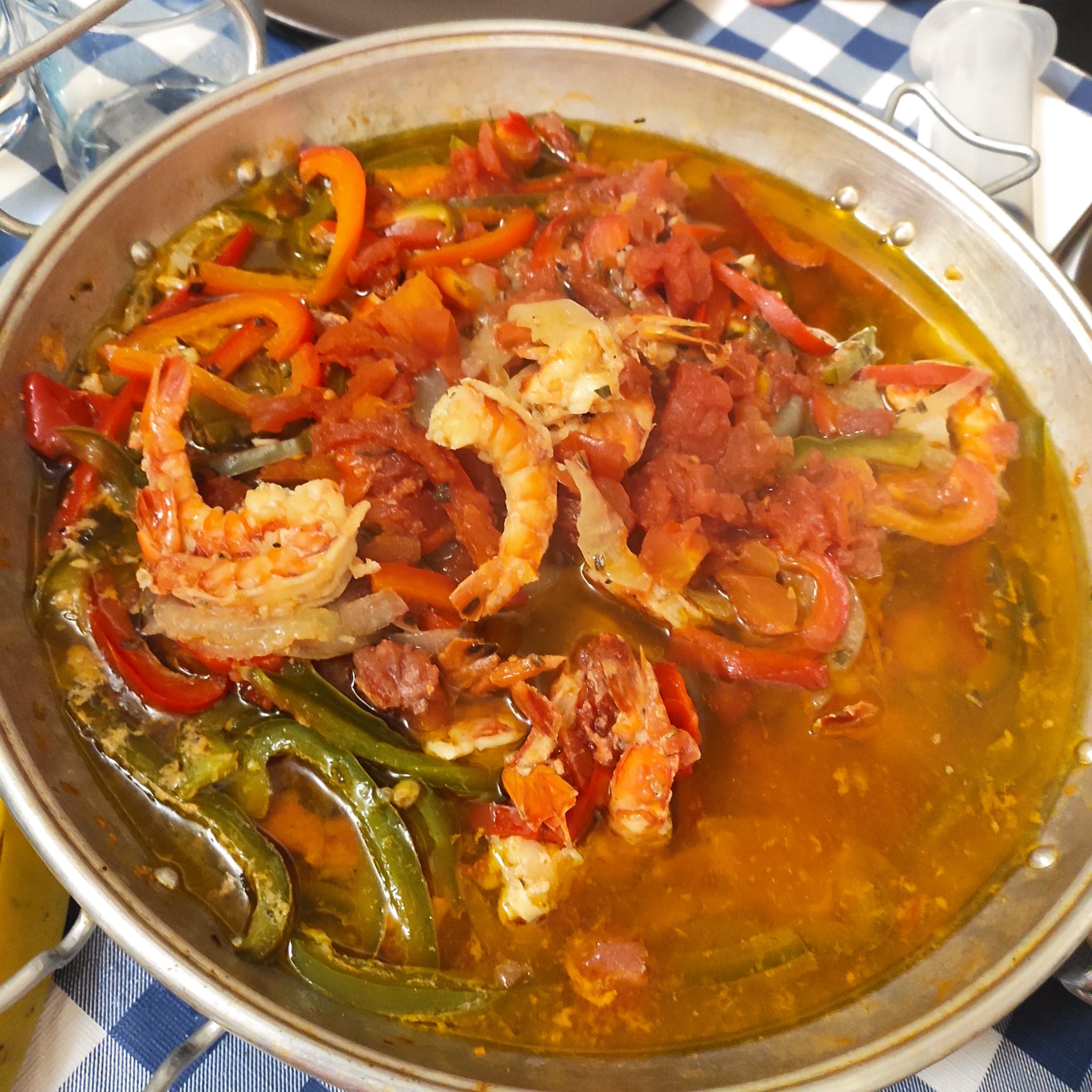
Seafood Cataplana
The Alentejo Coast is one of the best places to eat freshly grilled fish. You can choose from a diverse variety: Dourada, Bass, Sardine or Ray. All are very good, but of course try to eat the catch of the day. Some of our favorite places to eat are Porto Corvo, Vila Nova de Milfontes, Azenhas do Mar, but you can find quality fish in any coastal town / village.
Besides fish, Costa Vicentina is also one of the best places to eat octopus in Portugal.
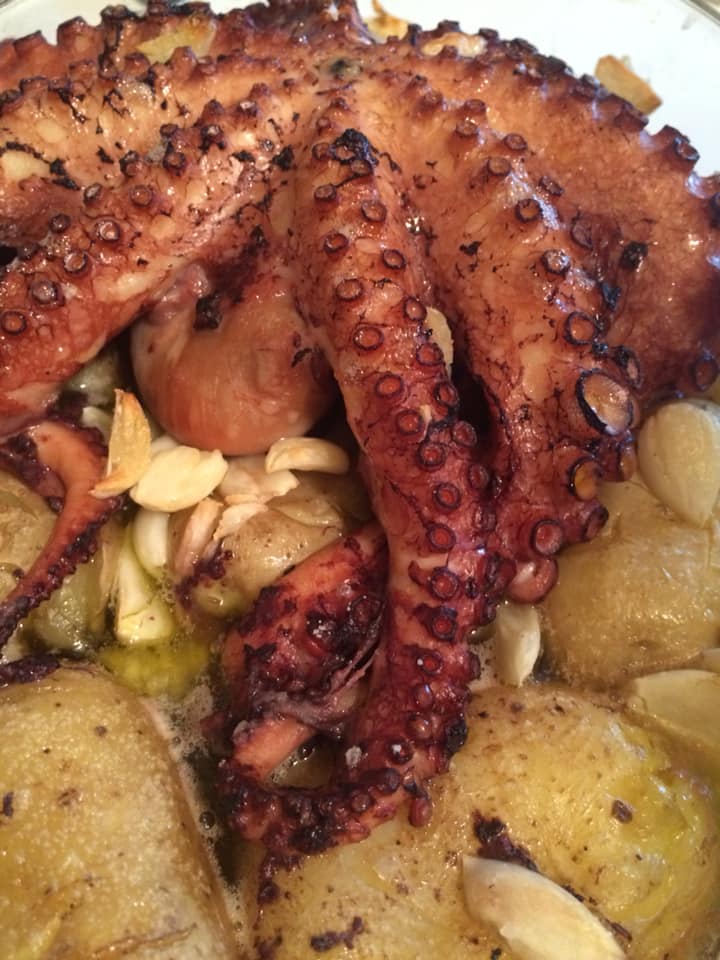
Octopus in the oven with potatoes (polvo a lagareiro)
Octopus is a very versatile ingredient and can be prepared in many ways, all very tasty. The most famous delicacies are octopus salad, octopus cataplan, octopus rice, octopus à bolhão de pato, octopus feijoada and, of course, octopus à lagareiro.
What to drink
In Alentejo, the harmonization between the wines and the food is complete. When we talk about Alentejo, the first thing that comes to mind is its famous wines, some of them considered the best in Portugal. There are 22 thousand hectares of vines planted that produce about 88 million liters. Therefore, it is an ideal destination if you want to visit several wineries.
Alentejo wines are the favorites of the Portuguese and represent 34.6% of wine consumption in the country (data from 2020, according to Nielsen research).
The climate is hot and dry, with a strong continental influence, which allows the eight Alentejo subregions to produce different styles of wine.
Since 2003, the Alentejo subregions are DOC (Portalegre, Borba, Redondo, Évora, Reguengos, Granja-Amareleja, Moura and Vidigueira). Each of them has the right to bottle wines with the name preceded by Alentejo.

Most Alentejo wines are grape blends. Among the red grapes are Alfrocheiro, Alicante Bouschet, Aragonez, Castelão and Trincadeira. In the white varieties we find Antão Vaz, Arinto and Roupeiro.
We can say that Alentejo is the New World of the Old World of Wines. In other words, modern, concentrated and fruity wines are made there.
The red wines from Alentejo are full-bodied, rich in tannins and with aromas of wild and red fruits. White wines are usually smooth, slightly acidic and have tropical fruity aromas.
